This article was co-authored by Joel Giffin, PT, DPT, CHT. Dr. Joel Giffin is a Doctor of Physical Therapy and the Founder of Flex Physical Therapy in New York, New York. With over 15 years of experience as a Certified Hand Therapist (CHT), Dr. Giffin treats the whole body and specializes in rehabilitation of the hand and upper extremities. He has treated Broadway theater performers backstage at shows such as The Lion King, Sleep No More, Tarzan, and Sister Act. Flex Physical Therapy also specializes in occupational and pelvic floor therapy. Dr. Giffin earned his Master’s degree in Physical Therapy with honors from Quinnipiac University and received his Doctor of Physical Therapy (DPT) degree with distinction from Simmons College. He is a member of the American Physical Therapy Association and the American Society of Hand Therapists.
There are 9 references cited in this article, which can be found at the bottom of the page.
This article has been viewed 47,834 times.
Every joint in the body has a cartilage, the shoulder’s being the labrum. The labrum is the cartilage that lines the rim of the shoulder in order to keep the shoulder socket intact. With most daily physical activities requiring consonant rotation and strain on the shoulder, the labrum can be very susceptible to tears. If you are having shoulder pains and would like to know if your labrum is torn, allow these steps to guide you. By carefully following these steps you will be able to identify your symptoms accurately, which will better help guide your physician to a diagnosis. Any early diagnosis ensures a strong recovery.
Steps
Identifying Symptoms
-
1Identify the pain. Locate where the pain in your shoulder is exactly and to where the pain radiates.
- Be precise, so that you can help your physician accurately locate the pain later on.[1]
-
2Describe the pain. Describe the feeling of the pain.
- Pain can be described as sharp, throbbing, pressuring etc.[2]
- Labrum pain is often sharp and throbbing
Advertisement -
3Measure your shoulder’s range of motion. Measure the range of motion in your shoulder. Note down what motion you are still able to do and what motions you are unable to perform.
- The labrum stabilizes the shoulder, therefore, stabilizing the motion of the shoulder. Loss of range of motion due to the instability of the shoulder joint is quite common.[3]
-
4Identify Altering factors. Recognize what makes the pain worse or better.
- Pain is often altered with certain posture or activity. Distinguishing what alters the pain can tell a lot about the injury to the physician.
Doctor's Diagnosis
-
1Give a chief complaint: Tell the whole story behind the pain to your physician and then recall what you identified from the the four categories in the “Identifying symptoms” portion and articulate them to your physician as well.
- Your chief complaint, is your interpretation of the injury for your doctor.
- Don’t be afraid to give details. The smallest detail could make a huge difference in the course of the diagnosis
-
2Take the labrum tear test. There are 4 tests your doctor will conduct on your shoulder that specifically identify a labrum tear. If you respond in pain to any of the test, your test will be considered a pass for that specific test. Depending on how many test you pass or fail, the doctor will be able to conclude a percentage chance of a labrum tear.[4]
- Test 1: The doctor will ask you put the arm of injury in a 90-degree angle pointing upward. Facing you, while holding the elbow still, will push back against your forearm to see if any pain is triggered.
- Test 2: The doctor will ask you to put your arms out and resist him as he applied fore down.
- Test 3: The doctor will ask you to put your arms out and turn your palms in. He will then request for you to apply force against his palms as he holds them between your arms.
- Test 4: Doctor will ask you to reach across with the arm in pain and grip his finger. He will across your body and ask your to resists his pull.
-
3Get Imaging done. The doctor will refer you to a radiologist specialist to get and MRI arthrogram done on your shoulders. Take the written script he provides you and get imaging done at local imagine center.[5]
- The MRI on its own isn’t enough to identify such a small cartilage. The arthrogram is a dye that is injected into the shoulder ligament before the MRI so that it can specify the labrum.
- An MRI date can range from next day to a week from the day of your visit.
- Arthrogram insertion is a 20-45 minute process and the MRI can last from30-45 minutes.
-
4Find out if your labrum is torn and what degree tear you have. Follow up with your doctor 1 week from when you got your MRI-Arthrogram done and find out whether your labrum is torn or not. If it is torn you well be told what degree tear you have, and that will determine the type of treatment you will receive going forward.[6]
- 1st degree tear is the slightest tear is the smallest of the tears. Recovery for a such a tear comes with rest and time. Doctor will offer optional physical therapy, but it is not necessary.
- 2nd degree tears are also quite small, but still give the physician some concern. He will strongly recommend physical therapy to ensure recovery.
- 3rd degree is where surgery will come into play. 3rd degree tears can limit daily life because of the intensity of pain and limitation of mobility. Doctor will give the patient of surgery if they intend on going back to intense physical activity. If the patient just wants to regain regular daily motion, the doctor will give a script for 4-6 months of physical therapy in order to strengthen the shoulder to support the weakness of the torn labrum.
- 4th degree tears are the worse tears, because they are complete tears. Such tears can lead to more shoulder problems and most likely arthritis. Doctors in this case will require surgery, regardless of whether the patient is going back to sports or daily life.
Expert Q&A
-
QuestionHow do you strengthen your shoulder with a torn labrum?
 Joel Giffin, PT, DPT, CHTDr. Joel Giffin is a Doctor of Physical Therapy and the Founder of Flex Physical Therapy in New York, New York. With over 15 years of experience as a Certified Hand Therapist (CHT), Dr. Giffin treats the whole body and specializes in rehabilitation of the hand and upper extremities. He has treated Broadway theater performers backstage at shows such as The Lion King, Sleep No More, Tarzan, and Sister Act. Flex Physical Therapy also specializes in occupational and pelvic floor therapy. Dr. Giffin earned his Master’s degree in Physical Therapy with honors from Quinnipiac University and received his Doctor of Physical Therapy (DPT) degree with distinction from Simmons College. He is a member of the American Physical Therapy Association and the American Society of Hand Therapists.
Joel Giffin, PT, DPT, CHTDr. Joel Giffin is a Doctor of Physical Therapy and the Founder of Flex Physical Therapy in New York, New York. With over 15 years of experience as a Certified Hand Therapist (CHT), Dr. Giffin treats the whole body and specializes in rehabilitation of the hand and upper extremities. He has treated Broadway theater performers backstage at shows such as The Lion King, Sleep No More, Tarzan, and Sister Act. Flex Physical Therapy also specializes in occupational and pelvic floor therapy. Dr. Giffin earned his Master’s degree in Physical Therapy with honors from Quinnipiac University and received his Doctor of Physical Therapy (DPT) degree with distinction from Simmons College. He is a member of the American Physical Therapy Association and the American Society of Hand Therapists.
Physical Therapist Always get guidance from a physical therapist before you start going to the gym—with a torn labrum, you need to be careful as to how far you go into certain motions. If you start exercising without good supervision, you could cause more issues in the long run.
Always get guidance from a physical therapist before you start going to the gym—with a torn labrum, you need to be careful as to how far you go into certain motions. If you start exercising without good supervision, you could cause more issues in the long run.
Warnings
- When identifying symptoms, know that not everyone with a labrum tear will experience pain, loss of range of motion, etc. Some might lose range of motion but have no pain, and some might have all symptoms.
- Be slow and careful when testing your range of motion. Any extreme motion could worsen the possible tear
- MRI scheduling could be a possible setback depending on where you schedule. Appointments can range from 1 week to two weeks from your doctor's visit
Tips
- If there is a long gap between when you identify your symptoms and your doctor's visit, make sure you are resting your shoulder
- If possible, schedule directly with an orthopedic rather than your primary care physician
- If you are afraid of needles , do your best to keep your eyes closed during the arthrogram insertion. The numbness shot is very small, but the arthrogram needle is about 6 inches long. If you keep your eyes closed, you will not feel a thing because the numbness shot does a good job of numbing the shoulder.
- The labrum tear test results can only be confirmed by physician, but you are free to perform it on yourself before seeing the physician. In case you would like to satisfy curiosity or would like to know what to expect.
Expert Interview

Thanks for reading our article! If you'd like to learn more about torn labrum, check out our in-depth interview with Joel Giffin, PT, DPT, CHT.
References
- ↑ https://www.hss.edu/conditions_shoulder-labrum-tears-overview.asp
- ↑ https://www.choosept.com/symptomsconditionsdetail/physical-therapy-guide-to-shoulder-labral-tear
- ↑ https://www.hss.edu/conditions_shoulder-labrum-tears-overview.asp
- ↑ https://mikereinold.com/clinical-examination-of-superior-labral/
- ↑ https://www.sports-health.com/sports-injuries/shoulder-injuries/diagnosing-shoulder-labral-tears
- ↑ https://nyulangone.org/conditions/shoulder-sprains-strains-tears/types
- Orthoinfo. N.p., Jan. 2001. Web. 13 Oct. 2016
- "Labral Tears." Leading Hospitals in Houston, Texas. N.p., n.d. Web. 13 Oct. 2016.
- "Labrum Tear of The Shoulder." Howard J Luks MD. N.p., n.d. Web. 13 Oct. 2016.
- Dr. Tarek S. Hadla Sports Medicine, MD
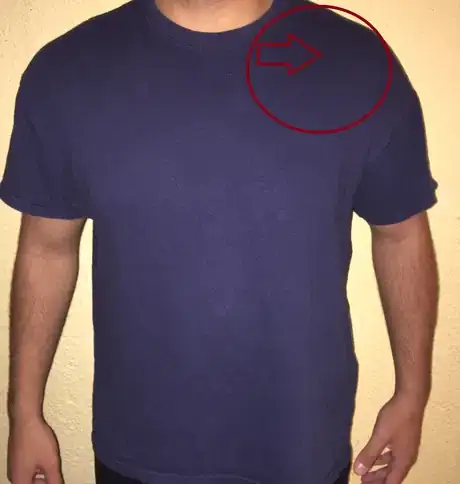
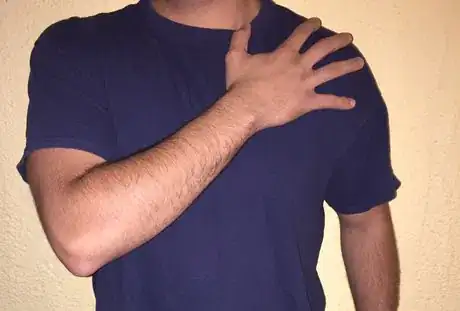
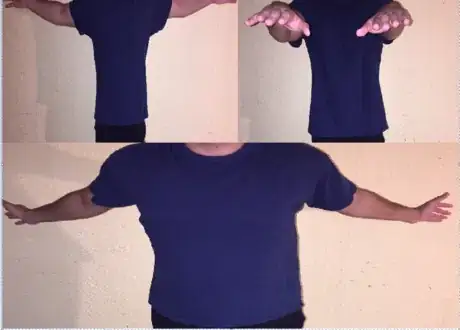
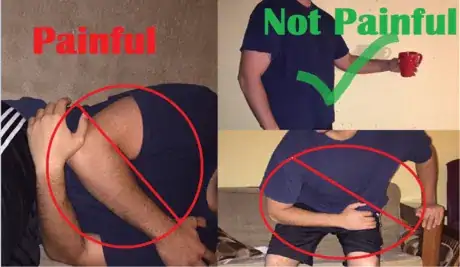
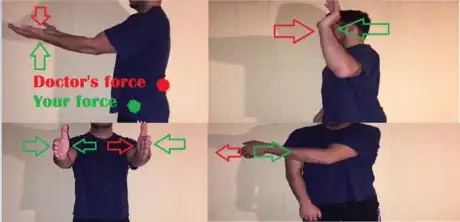


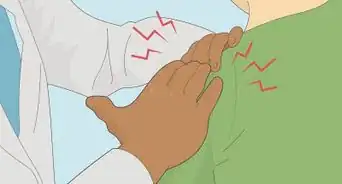
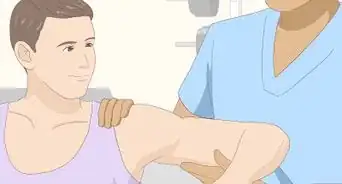
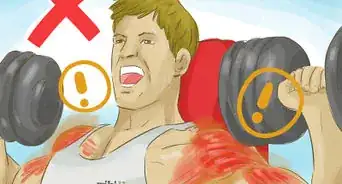

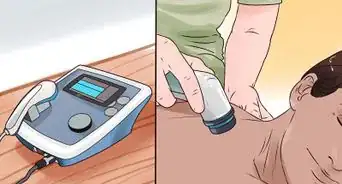
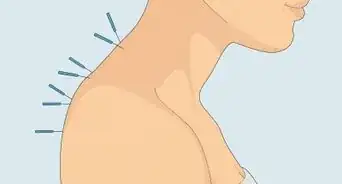
-Step-3-Version-3.webp)
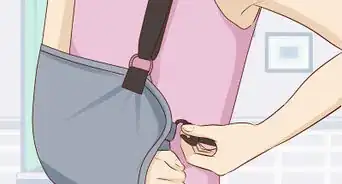

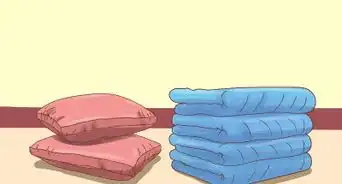
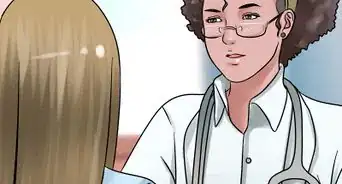










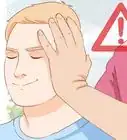
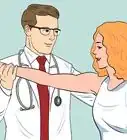
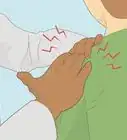
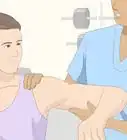



































Medical Disclaimer
The content of this article is not intended to be a substitute for professional medical advice, examination, diagnosis, or treatment. You should always contact your doctor or other qualified healthcare professional before starting, changing, or stopping any kind of health treatment.
Read More...